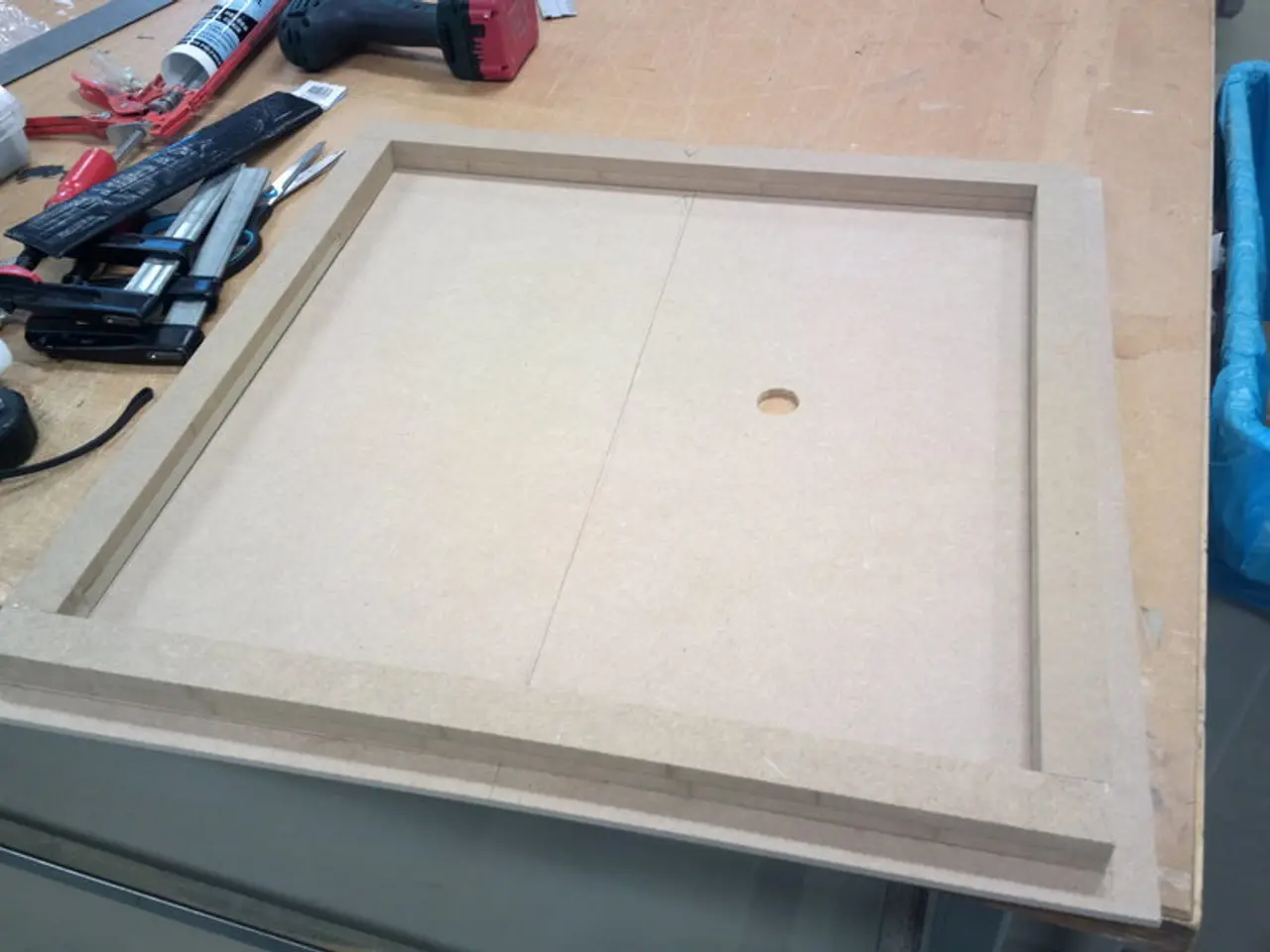Understanding Object Permanence and Attention Deficit Hyperactivity Disorder (ADHD)
In the realm of neurodevelopmental disorders, Attention Deficit Hyperactivity Disorder (ADHD) is a commonly diagnosed condition that affects both children and adults. While managing ADHD symptoms can present challenges, it's essential to separate myth from reality when it comes to understanding the condition.
One misconception is the link between ADHD and object permanence, a cognitive ability that allows individuals to understand that objects or people continue to exist even when out of sight. A study from 2012 suggests that adults with ADHD may exhibit behaviours that resemble object permanence difficulties, such as forgetting items or tasks when they are not immediately visible or present. However, it's important to note that adults with ADHD do not lack this cognitive ability[1].
Instead, the symptoms of ADHD, such as distractibility, forgetfulness, and poor working memory, can create behaviours that mimic object permanence problems. For instance, an individual with ADHD may forget to stay in touch with friends or misplace items due to a lack of visual or habitual reminders[3]. This often impacts relationship maintenance, as the cognitive symptoms of ADHD interfere with consistent communication and emotional regulation, rather than a true absence of object permanence[3].
Managing these related ADHD symptoms often involves external supports such as structured routines, visual cues, reminders, and minimizing distractions to compensate for memory and attention difficulties[1]. By implementing these strategies, individuals with ADHD can improve their daily lives, including their relationships.
It's also worth noting that treatments such as medication and therapy can help people with ADHD manage their symptoms and improve their quality of life[2]. However, people with ADHD may be more likely to use substances, demonstrate rule-breaking behaviors, and have mood disorders, which could negatively impact personal relationships[4].
In conclusion, while ADHD's core attentional and working memory deficits can mimic object permanence problems, adults with ADHD generally retain intact object permanence[1][3]. It's crucial to approach ADHD with understanding and empathy, recognising the challenges faced by those living with the condition while providing the necessary support to help them manage and thrive.
References:
- Barkley, R. A. (2015). ADHD and executive functions: What the science tells us. Guilford Publications.
- Hodgkins, P. (2016). ADHD: A guide for parents and professionals. Routledge.
- Nigg, J. T. (2006). ADHD and executive functions: A review of the literature. Clinical Psychology Review, 26(5), 489-514.
- Weiss, M. R., & Hechtman, L. (2006). ADHD: A handbook for diagnosis and treatment. Wiley.
- ADHD, a common neurodevelopmental disorder, affects both children and adults, creating challenges in managing its symptoms and understanding its true nature.
- Myths abound regarding ADHD, associated with cognitive abilities such as object permanence, which allows individuals to comprehend the continuation of existence even when objects or people are out of sight.
- Contrary to popular beliefs, adults with ADHD do not lack the cognitive ability of object permanence.
- Symptoms of ADHD, however, may create behaviors that imitate object permanence difficulties, such as forgetting items or tasks when they are not immediately visible or present.
- Forgetting to maintain relationships or misplacing items are common occurrences in individuals with ADHD due to a lack of visual or habitual reminders.
- The interference of ADHD's cognitive symptoms in communication, emotional regulation, and consistent behavior can negatively impact relationship maintenance.
- External supports, such as structured routines, visual cues, reminders, and minimizing distractions, are essential in compensating for the memory and attention difficulties associated with ADHD.
- Employing these strategies can significantly improve the daily lives of individuals with ADHD, including their relationships.
- Treatments like medication and therapy are instrumental in helping people with ADHD manage their symptoms and enhance their quality of life.
- People with ADHD might exhibit tendencies towards substance use, rule-breaking behaviors, and mood disorders, which could strain personal relationships.
- In conclusion, while ADHD's core attentional and working memory deficits can mimic object permanence problems, adults with ADHD generally retain intact object permanence.
- It is imperative to approach ADHD with understanding and empathy, recognizing the struggles faced by those living with the condition, yet providing the necessary support to enable them to manage and flourish.
- Beyond ADHD, other health-and-wellness issues such as cancer, Alzheimer's, bipolar disorder, diabetes, eczema, HIV, obesity, depression, and arthritis, may impact personal relationships.
- Science and mental-health have combined their efforts in the predictive and preventive domains of health, raising awareness about the importance of fitness-and-exercise, mental-health, and fostering a holistic approach to health. For instance, research has shown that regular exercise can help manage depression and reduce the risk of diseases such as type 2 diabetes, ulcerative colitis, and macular degeneration.




